How Much Solar Power Do You Need?
The second question customers often ask us at Suncatcher Solar is "How many solar panels will I need?". The first question is usually "What will solar power cost?" but we need to answer the second question before we can answer the first.
Solar panels come in many sizes. They can be used alone or combined to make up a solar array. To figure out the size of array you would need for your home you will need to know how much electricity you use and how much sunshine is available where you live. Saskatchewan has excellent conditions for solar energy.How Much Electricity Do You Use?
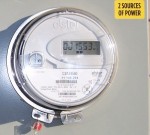 If you already have electricity from an electrical utility, this will be an easy question to answer. Take a look at your utility bill and find the current and previous meter readings. The difference between these readings is the amount of power that you have used between the two dates of the readings. The amount of power will be a number of kWh. Looking at the dates for which this reading applies, you can calculate what your monthly or annual electrical usage is. Most homes use in the range of 600 – 1200 kWh per month.
If you already have electricity from an electrical utility, this will be an easy question to answer. Take a look at your utility bill and find the current and previous meter readings. The difference between these readings is the amount of power that you have used between the two dates of the readings. The amount of power will be a number of kWh. Looking at the dates for which this reading applies, you can calculate what your monthly or annual electrical usage is. Most homes use in the range of 600 – 1200 kWh per month.
If you don’t have electricity yet and are planning to use a solar power system instead of connecting to an electrical utility, you will need to estimate what you are going to use by doing a load analysis.
Now that you know what you need for electricity, it’s time to see how much power a solar panel can produce and how many of them you will need.
How Much Electricity Does a Solar Panel Produce?
Solar panels derive their power from sunlight. The brighter the sunlight the more power the panel produces – up to its rated capacity, which is given in Watts. When you buy a solar panel you will see that the panel size is given as, for example, 10 Watts or 100 Watts or 240 Watts. Combining ten 100 Watt panels into one system will give you a 1000 Watt – or a 1 kiloWatt (kW) solar array.
If you have full sun shining on the array for one hour (1 Sun Hour), the array will have produced one kiloWatt-hour (kWh) of electrical energy. This is the same unit as the electrical utility charges you for on your electrical bill.
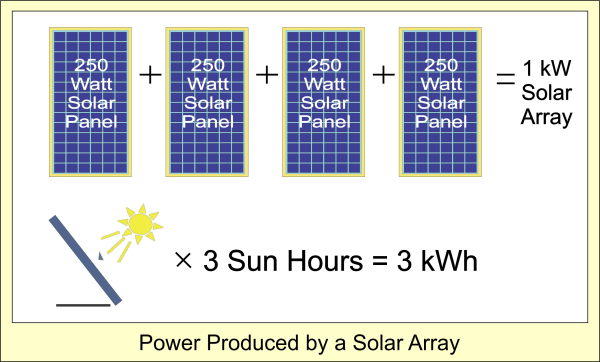
The average number of sun hours per day for your area can be found on a global solar insolation map or you can focus more closely on a map of your own area.
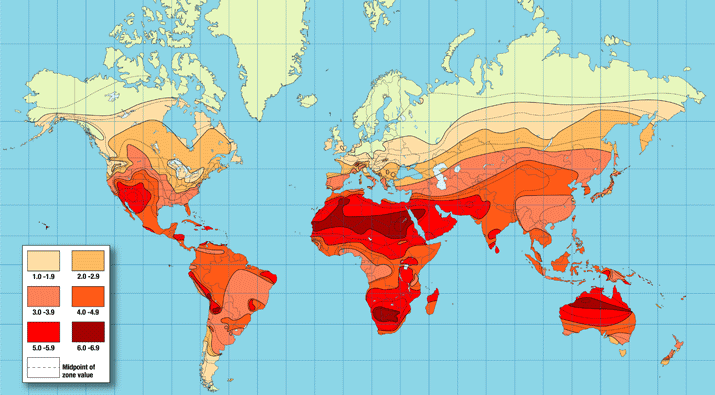
What Size of Solar Array Do You Need?
Multiply the daily energy in kWh from the map by 30 days/month – this will give you the sun hours available. Then divide the kWh per month that you are being billed by the electrical utility by the monthly sun hours available. This will give you the size of the solar array (in kW) that would generate enough electricity to meet your monthly bills.
The actual size of solar array you decide to invest in will depend on a few other factors as well:
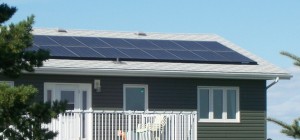 how much space you have for panels - a large array can require considerable space and may need to be ground mounted if there is not enough suitable roof space available. For a roof mounted system measure the dimensions of clear south facing roof space (length of the roof and height to the peak or to obstructions such as a row of vents.
how much space you have for panels - a large array can require considerable space and may need to be ground mounted if there is not enough suitable roof space available. For a roof mounted system measure the dimensions of clear south facing roof space (length of the roof and height to the peak or to obstructions such as a row of vents.- whether you are doing a stand alone system or a grid-tied system– an off-grid, or stand alone system, will have to be large enough to supply all your needs, even in the winter, but a grid-tied system can be smaller since the electrical utility will supply any shortfall.
- whether your local electrical utility offers net metering or feed-in tariffs – net metering is a program that credits you for extra power you produce against future bills from the utility. The best size of system is one that will provide most of your electricity so that you effectively offset your electricity bill. Feed-in tariffs actually pay you for the electricity you produce, usually at a premium rate, so for this type of program it may be worthwhile to invest in a larger system and use the production as a source of income.
- your budget – sometimes it’s not possible to purchase the optimum size due to budget constraints, but you can always start with a smaller system and add on later as you can afford it. In the meantime, the system you have installed will be saving you money.
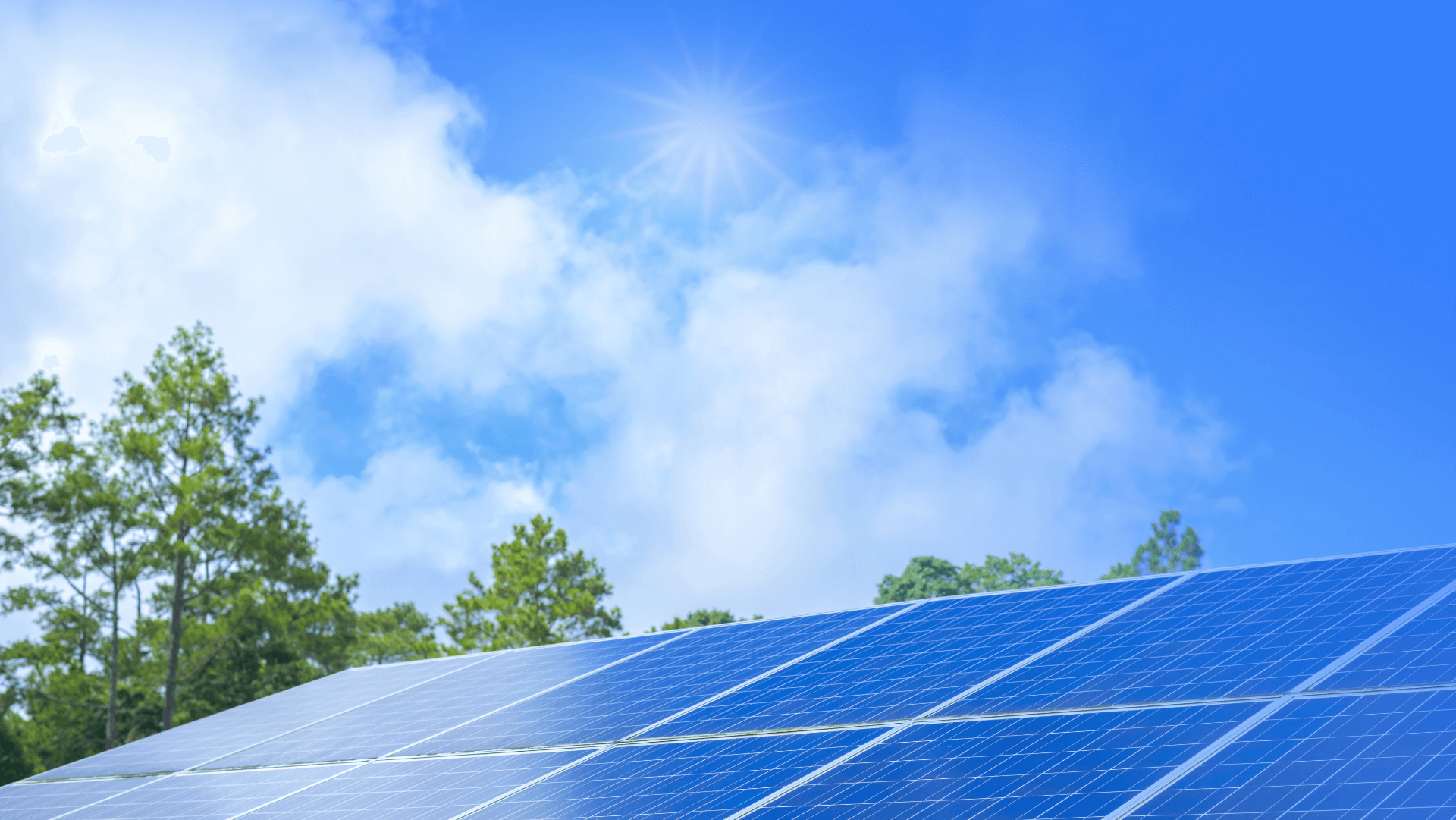

 See Our Projects
See Our Projects

